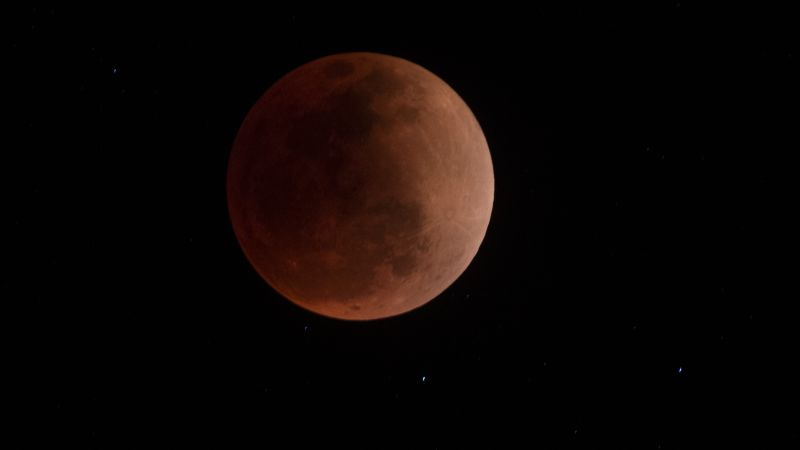Observational Consequences of a Lunar Eclipse During the Second Moon Eclipse of the Moon: Clues from Nearby, Bright, Fate-Induced Suns
When the moon passes between the sun and Earth for the second time this year, it will block most light from the sun and cast its shadow onto our planet, resulting in a bright, fiery crescent shape in the sky.
The total lunar eclipse of the full moon will take place exactly two weeks later in November, according to The Old Farmer’s Almanac. Unlike a solar eclipse, which is only visible in a relatively small area of the world, a lunar eclipse can be seen from anywhere on the night side of Earth.
The moon will be nearly four days from its perigee, its closest point to Earth in its 27-day orbit, during the eclipse, and thus will appear the slightest bit larger than usual.
Those who can view the eclipse near the maximum will be able to see a crescent-shaped sun pointed upward, almost as if there were a bite taken out of it, according to Michael Kirk, the principal investigator of NASA’s Heliophysics Education Activation Team.
A lunar eclipse happens when the moon passes into the shadow of the Earth. Because of this arrangement, unlike a solar eclipse, a lunar eclipse can be enjoyed from anywhere the moon is present during the night. The moon will dim enough for the eclipse to expose nearby stars, which are usually obscured by the moon.
While using proper eyewear, it is not advisable to look at the sun through a camera, telescope, binoculars, or other optical device.
The Moon turns Red during a Solar Eclipse and a Lunar Eclipse: Election Day in the Sky at 5:17 a.m. ET
The moon will turn red during a solar eclipse or lunar eclipse, which is about two weeks after the full moon. This is due to the placement of the sun, moon and Earth, which are nearly in a flat plane but have a wobble to their orbit. When the sun, moon and Earth are aligned with the new moon in a new phase, a solar eclipse can occur within two weeks.
There are other space events to watch in the sky this year, and they don’t include the partial solar eclipse and total lunar eclipse. Two more full moons will fall on November 8 and December 7 and there are five more meteor shower on the calendar as well, according to EarthSky.
Set to turn a coppery shade of red in the sky this Tuesday, November 8, the full moon will kick off Election Day with an early morning event of its own — a total lunar eclipse.
At totality, the stage at which the entire moon will be in Earth’s shadow, the moon will turn a dark reddish hue, which is why a total eclipse is also called a blood moon. Sky gazers will be able to see the striking effect beginning at 5:17 a.m. ET, according to NASA.
“They aren’t that common, so it’s always nice to get a hold of them when you can,” said Dr. Alphonse Sterling, an astrophysicist at NASA’s Marshall Space Flight Center in Huntsville, Alabama. I believe they are excellent learning tools for people who want to get into astronomy.
The Beaver Moon: When the Sun turns Red in the Night Sky and the Sun becomes Blue in the Next Two-Dimensional Moon
The first full moon of November is called the beaver moon in honor of the rodents. This is the time of the year when a lot of beavers take shelter after storing their food for the winter. The moon will be at its brightest at 6:02 a.m. The almanac notes.
It is possible for the entire earth to see the moon when it falls into the shadow. It is available to 50% of the world.
The moon turns rusty red during a lunar eclipse because of the same phenomenon that makes the sky blue and sunsets red. The red, orange and yellow light that is visible during a lunar eclipse can pass through the Earth’s atmosphere and be washed away by the blue light seen with the moon.
Right now, you can see the South Taurids in the night sky. Catch the peak of these upcoming meteor shower events later this year, according to EarthSky’s 2022 meteor shower guide:
